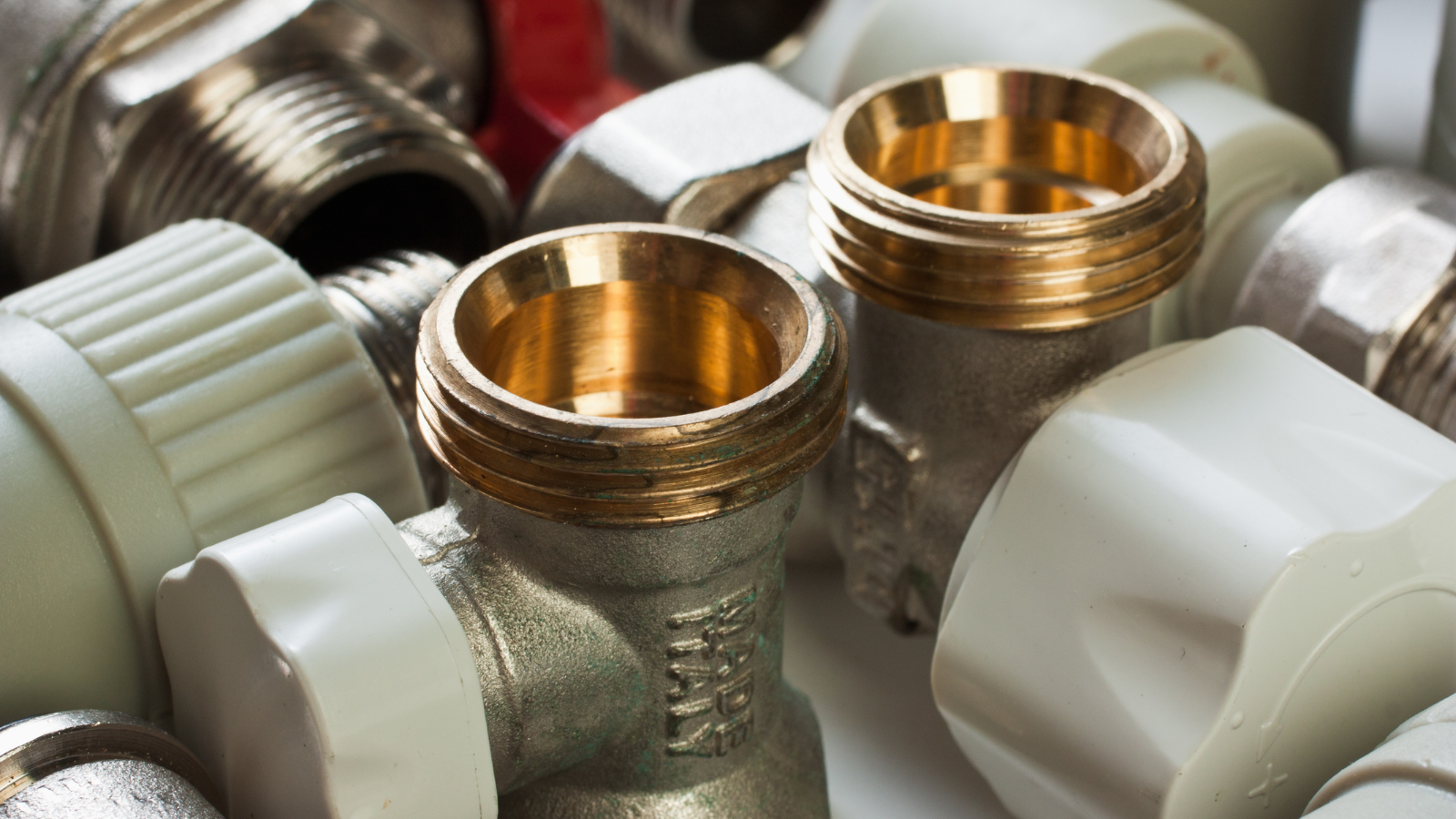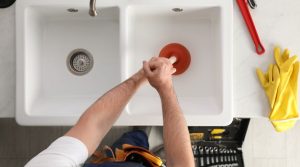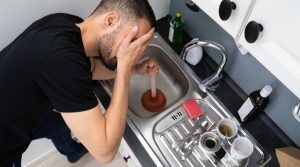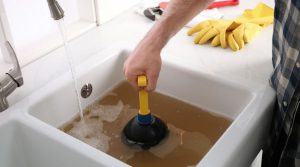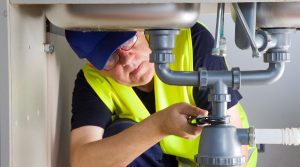In today’s world, balancing environmental responsibility with cost savings is more crucial than ever. Energy-efficient plumbing fixtures offer a practical solution to achieve both objectives. Incorporating these fixtures into your home can conserve water, lower utility bills, and contribute to environmental protection. This blog post explores what makes plumbing fixtures energy-efficient and their benefits and highlights nine top choices for maximum efficiency.
Visit https://passaicnjplumbers.com/ for more details.
What Are Examples of Efficient Water Fixtures?
Energy-efficient water fixtures are designed to minimize water use without sacrificing performance. Here are some common examples:
1. Low-Flow Toilets: Modern low-flow toilets use as as low as 1.28 gallons per flush (gpf) as opposed to 3.5 to 7 gallons in earlier versions per flush. This significant reduction in water use helps conserve resources and cut down on utility bills.
2. Water-Saving Showerheads: These showerheads offer a satisfying experience with a flow rate of 2.0 gallons per minute (gpm) or less, balancing comfort and efficiency.
3. Faucet Aerators: Small yet practical, faucet aerators attach to the end of faucets, mixing air with water to reduce flow rates while maintaining pressure. This can cut water usage by up to 50%.
4. Touchless Faucets: Ideal for kitchens and bathrooms, Infrared sensors are used by touchless faucets to identify hand motions. They minimize accidental drips and leaks by ensuring water is used only when needed.
5. Dual-Flush Toilets: These toilets feature two flush choices: a liquid waste option and a solid waste option waste—allowing users to Choose the appropriate water volume for each type of waste and reduce overall water usage.
How Does Using a Water-Efficient Fixture Help?
1. Resource Conservation: Water-efficient fixtures help conserve water, a precious and increasingly scarce resource. Using less water supports sustainable water management practices and helps preserve this vital resource.
2. Cost Savings: Reduced water consumption translates to lower utility bills. Energy-efficient fixtures can significantly decrease water usage in your home, leading to substantial savings over time.
3. Environmental Impact: Using less water reduces the energy needed to heat it, cutting greenhouse gas emissions and easing the burden on water treatment facilities. This contributes to a healthier environment.
4. Enhanced Performance: Modern energy-efficient fixtures are designed to deliver performance that matches or exceeds traditional models. Technological advancements ensure that efficiency does not come at the expense of effectiveness.
What Type of Fixtures Use the Least Amount of Water?
Fixtures designed with advanced technology to maximize efficiency include:
1. Low-Flow Toilets: These toilets use less water per flush than traditional models.
2. High-Efficiency Showerheads: Showerheads with 2.0 GPM or lower flow rates provide ample pressure while minimizing water consumption.
3. Low-Flow Faucets: Faucets with flow rates of 1.5 gpm or lower use less water while still effectively performing everyday tasks.
4. Dual-Flush Toilets: Offering two flush options, these Users of toilets may choose the right amount of water for different types of waste, further reducing overall water usage.
Nine Energy-Efficient Plumbing Fixtures
1. Delta WaterSense® Showerheads: Delta’s showerheads use 2.0 gpm or less while maintaining excellent water pressure.
2. Kohler High-Efficiency Toilets: Kohler’s toilets use as little as 1.28 gpf, offering powerful flushing while conserving water.
3. Moen Eco-Performance Faucets: With a flow rate of 1.5 gpm, these faucets use aeration technology to reduce water consumption without sacrificing performance.
4. American Standard Champion® 4 Toilets: Designed for optimal efficiency, these toilets use only 1.28 gpf and provide powerful flushing.
5. Grohe EcoJoy® Showerheads: Grohe’s EcoJoy® showerheads have a flow rate of 1.75 gpm, delivering a satisfying shower experience with minimal water use.
6. TOTO Drake II Toilets: TOTO’s Drake II toilets use just 1.28 gpf, combining efficiency with powerful flushing performance.
7. Pfister Waterfall Touchless Faucets: These touchless faucets use infrared sensors to detect hand movements, reducing water waste and minimizing accidental usage.
8. Kohler K-596-CP Simplice® Pull-Down Kitchen Faucet: With a flow rate of 1.5 gpm, this faucet offers high performance with reduced water consumption.
9. Hansgrohe Raindance® Select E Showerheads: Hansgrohe’s Raindance® Select E showerheads have a flow rate of 1.75 gpm, providing a luxurious experience while conserving water.
Conclusion
Adopting energy-efficient plumbing fixtures is more than just a means to save water—it’s a commitment to sustainability, reducing your environmental footprint, and lowering utility costs. With a range of high-performance, low-water-use options available, integrating these fixtures into your home has never been easier. By choosing fixtures that prioritize efficiency, you contribute to a greener future while enjoying lower bills and enhanced performance. Now switch to energy-efficient plumbing fixtures and take a major step in the direction of a more economical, sustainable home.

